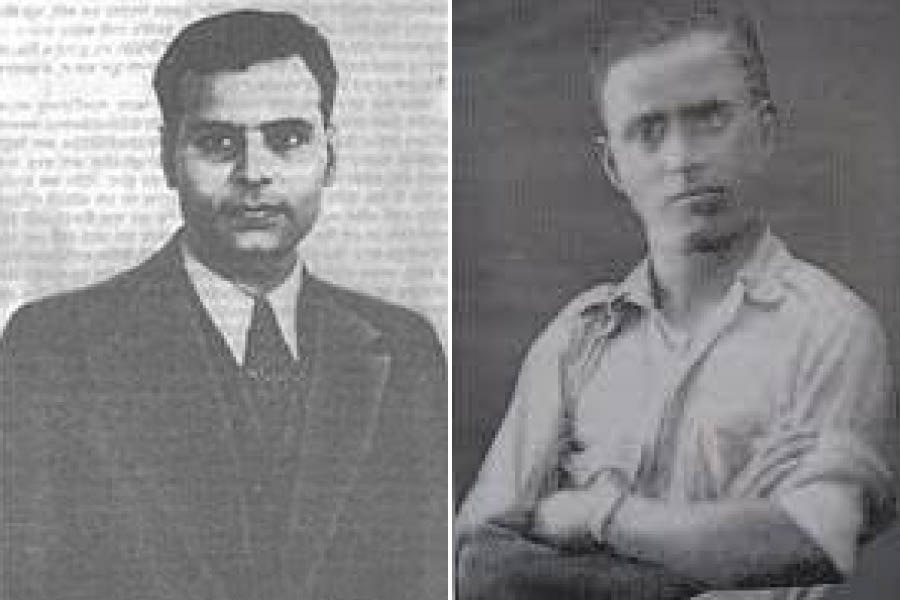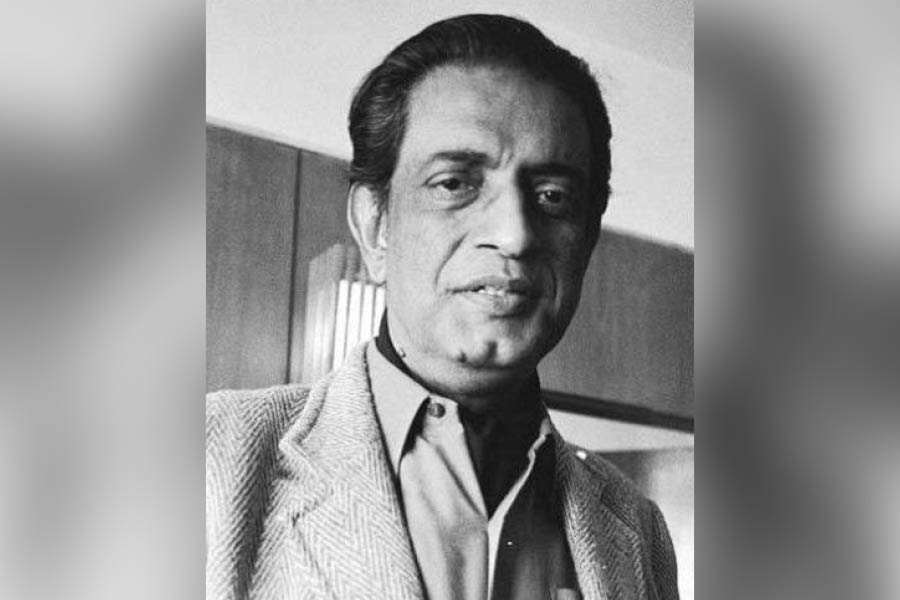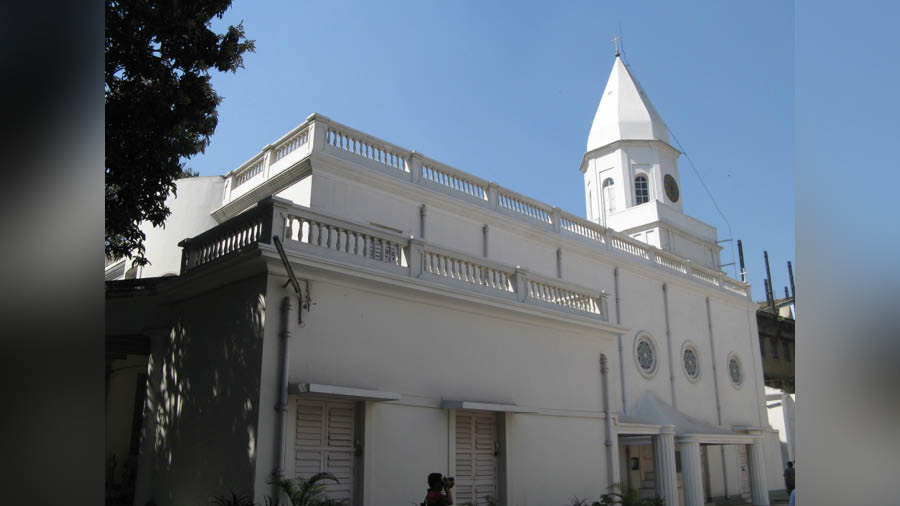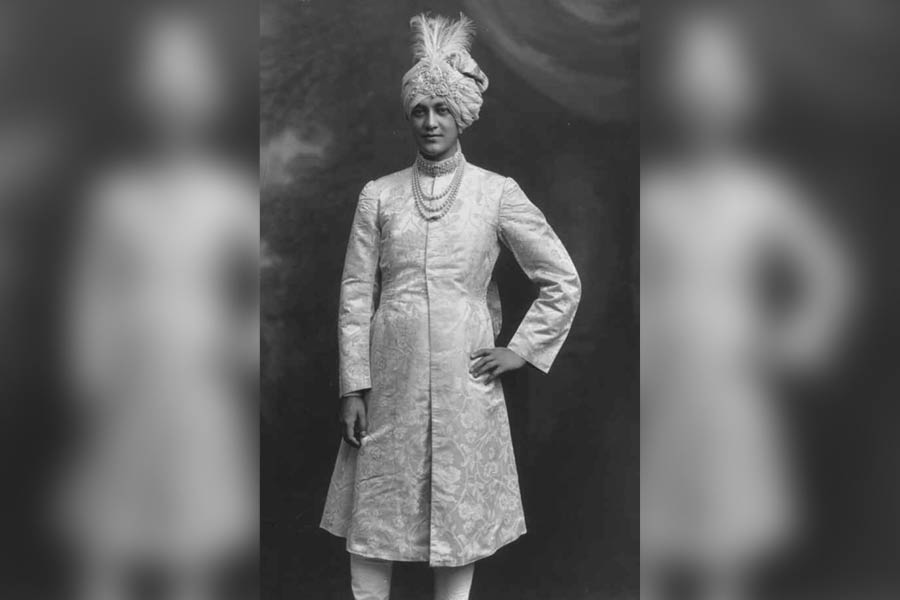Ever since Jules Verne’s classic Around the World in 80 Days came out in 1872, it is a topic that has fascinated generation after generation of young men. Our authors were also not immune from it.
Bibhutibhushan Bandopadhyay’s Shankar, although not exactly a globetrotter, was certainly cut from similar cloth. But the person who was clearly most fascinated by the sheer thrill of the idea was none other than Satyajit Ray. In his writings and film adaptations, we are introduced to two iconic globetrotters: Mandar Bose in Sonar Kella (played with delicious overtone by Kamu Mukherjee) and Utpal Dutta’s Manomohan Mitra in Agantuk. While the former was a fake, yet his antiques and mannerisms still delight us.
But let me tell you today about two men, not from the silver screen but who inhabited real life, who truly traversed the globe and were pioneers in the truest sense of the word.
The first of them was Ramnath Biswas, who was born in 1895 in what was then Sylhet district of Bengal Presidency in British India but at present is a part of Bangladesh. As a young boy, Ramnath had to quit his studies while still in school. This was the time when, in the aftermath of Lord Curzon’s Bengal Partition, nationalist sentiments were sweeping the land and a number of swadeshi business ventures were set up. One of these was the Jaitya Bhandar Samity in Sylhet – an automobile repair workshop. Ramnath found a job there and learnt to drive a car. It was here that he was first introduced to bicycles and fell in love, becoming adept at riding one. After a few years, Ramnath moved to another job and also joined the Anushilan Samiti – the leading secret resistance movement in Bengal. However, his association with the Samiti was exposed and he was expelled from his job.
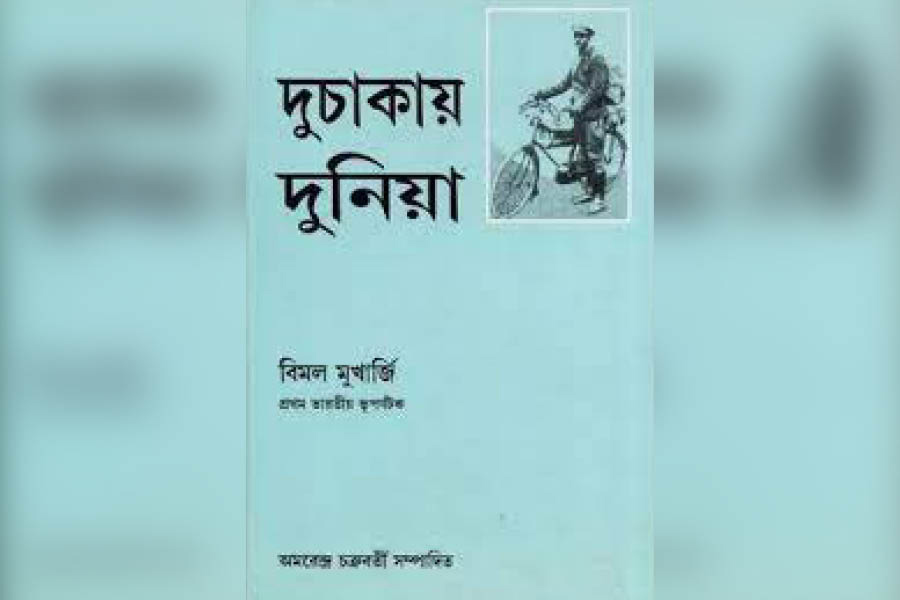
Bimal Mukherjee chronicled the details of their pioneering journey in a book titled ‘Du Chakay Duniya’ (The World on Two Wheels) that was published in 1986
This was the time when World War I broke out in Europe. An adventurer by heart, Biswas signed up with the Bengal Regiment and saw action in Mesopotamia. After the war, he returned to India and did odd jobs for some years till in 1924, he found a job with the Royal Navy and moved to British Malaya (Malaysia). In 1931, Ramnath Biswas ventured out on a world tour on his bicycle. His journey started on July 7, 1931, from Singapore – seen off by an enthusiastic crowd of expat Indians. On the front of his ride was a board with the slogan – “Round the world, Hindoo traveller”. He cycled through Malaya, Siam (Thailand), Indo-China (Cambodia, Laos and parts of Vietnam), southern China, Korea, Japan and finally crossed over to Canada. In Canada, Biswas was arrested for illegal entry and spent a month in jail. He eventually returned to India in 1934.
Two years later, Biswas set out for a second bicycle tour, this time due west. He travelled across northern India, Afghanistan, Persia (Iran), present day Iraq, Syria, Lebanon, Turkey and entered Europe. Cycling across Bulgaria, Yugoslavia, Hungary, Austria, Czechoslovakia, Germany, the Netherlands, Belgium, France, he reached England. After a break, Biswas went on to traverse Scotland. However, this long journey took a severe toll on his body and in 1936, in poor health condition; he arrived in Bombay from London via ship.
But Biswas was not done yet. In 1938, he set out for another trip. This time, he sailed from Bombay to Mombasa. From there, travelled through Kenya, Uganda, Nyasaland and Rhodesia and reached South Africa. From South Africa, he sailed to USA. In 1940, he returned to India. That was the end of Ramnath Biswas’ world travails. After the Partition of India, he opted to stay on in East Pakistan but eventually relocated to Calcutta a few years later. It was here that he passed away in 1955.
Fascinating as Ramnath Biswas’ exploits were, he was not the first Bengali to set out on such adventures. That honour goes to another man who can be called a real-life Teni-da as his ancestral house was located at Pataldanga Street in north Calcutta. His name was Bimal Mukherjee and he was born in Orissa in 1903. In 1921, at the age of just 18, Mukherjee set out on travelling all over India on his bicycle. He completed this over the next five years. Now, he set his sight on something bigger.
On December 12, 1926, Mukherjee, accompanied by his friends: cousins Ashok and Ananda Mukherjee and Manindra Ghosh, set out from Town Hall in Calcutta on their bicycles. It was a joyous occasion as thousands gathered to wish the brash, young men luck as they set out to remove the unfair stigma of cowardice imposed on Bengalis by the colonial overlords. They cycled through the first night and reached Chandernagore. The quartet cycled from there to Burdwan, Ranchi, Palamou – where they had a hair-raising encounter with a tiger, Benares, Allahabad to reach Delhi. At the National Capital, a kind man, Judge S. Das hosted them. Das also arranged for the men to meet foreign secretary Sir John Hayes who issued them with necessary travel documents as well letters of introduction to British Residents/Commissioners in various locations up to Constantinople.
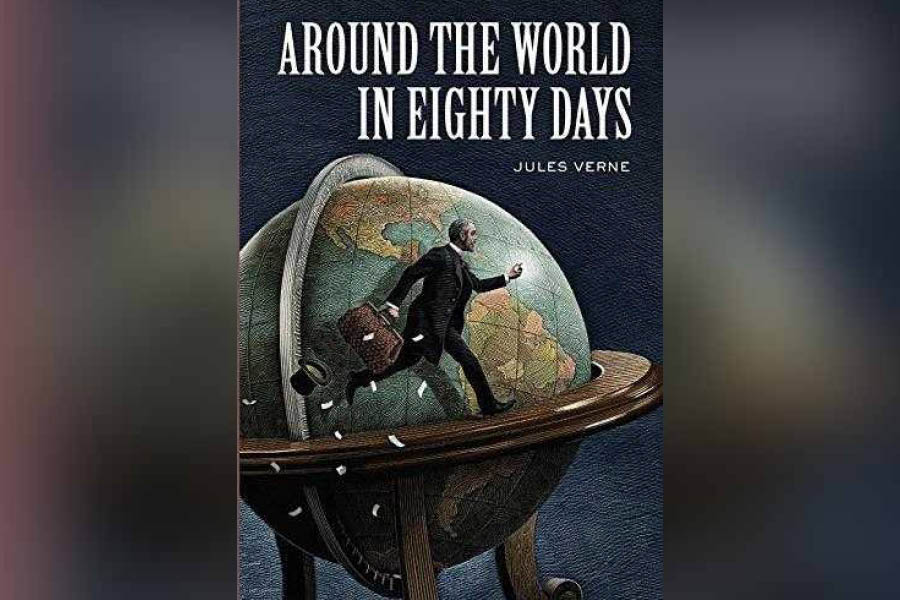
‘Around the World in 80 Days’ is a novel be Jules Verne about an Englishman who makes a bet with some fellow club members that he can travel around the world in 80 days
Next came some of the toughest phases of the journey. They travelled through Rajputana, crossing the Thar desert carrying bicycles on their shoulders, eventually arriving in Hyderabad (Pakistan) and there onwards to Karachi. At the port city, the quarter boarded a ship to Basra in Iraq. Then started a long journey: across Arabia, Iran, Syria, Turkey and Egypt to arrive in Europe. Bimal Mukherjee and his friends crossed multiple European countries like Bohemia (parts of Czechia), Greece, Italy, Switzerland, Germany and France to arrive in England. One of the most arduous experiences for the quartet was crossing the Alps. They had inadequate winter clothing and no gloves. To beat the intense cold, they cycled extra hard to keep circulation going in the body and rode with one arm on the handle, placing the other inside their shirts.
From Britain, the young men set out on another leg towards Scandinavia – covering Sweden, Norway, Denmark, Finland, Russian territories like Latvia and Estonia and Iceland. Eventually, they sailed for USA and from there, South America. They cycled through Columbia, Peru, Ecuador etc. and then sailed for Japan via Hawaii. The last leg of their journey was through China, Hong Kong, Indo-China, Malaya Peninsula, Siam, Burma before eventually reaching home in 1937.
Bimal Mukherjee chronicled the details of their pioneering journey in a book titled: Du Chakay Duniya (The World on Two Wheels) that was published in 1986. Bimal Mukherjee breathed his last in 1996.
Men like Ramnath Biswas and Bimal Mukherjee and his friends were indomitable explorers. Despite being handicapped by lack of money and equipment, their determination and will to succeed helped them overcome unimaginable obstacles. Their lives deserve to be remembered and celebrated lot more.
